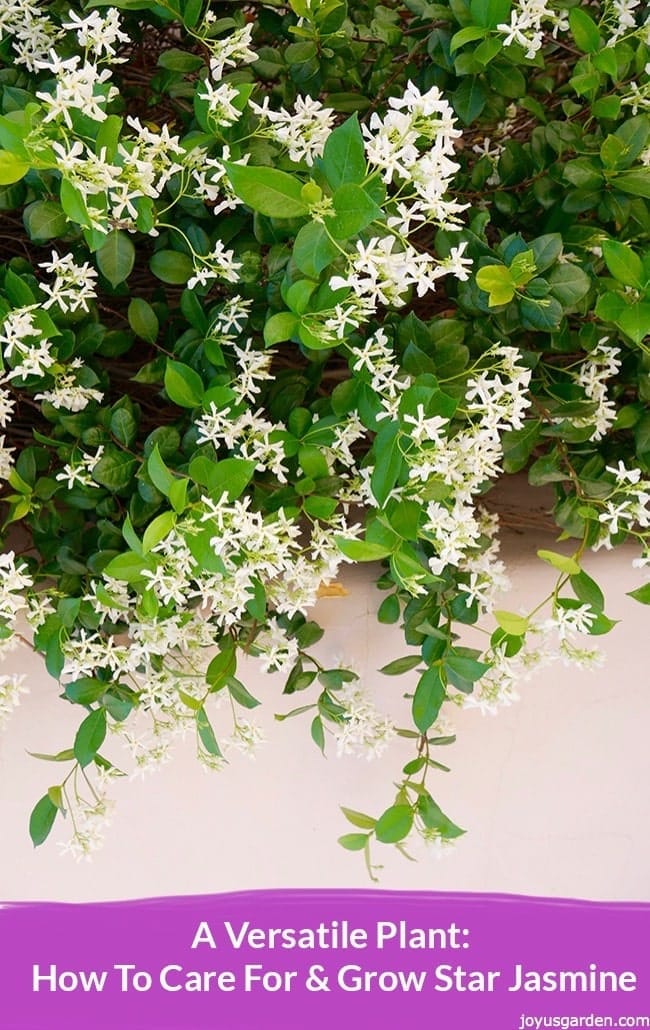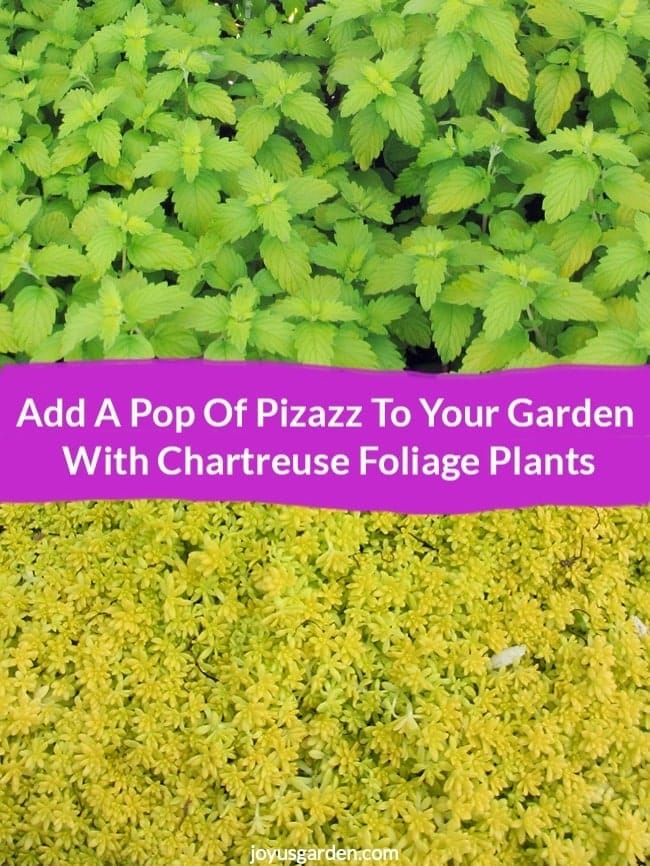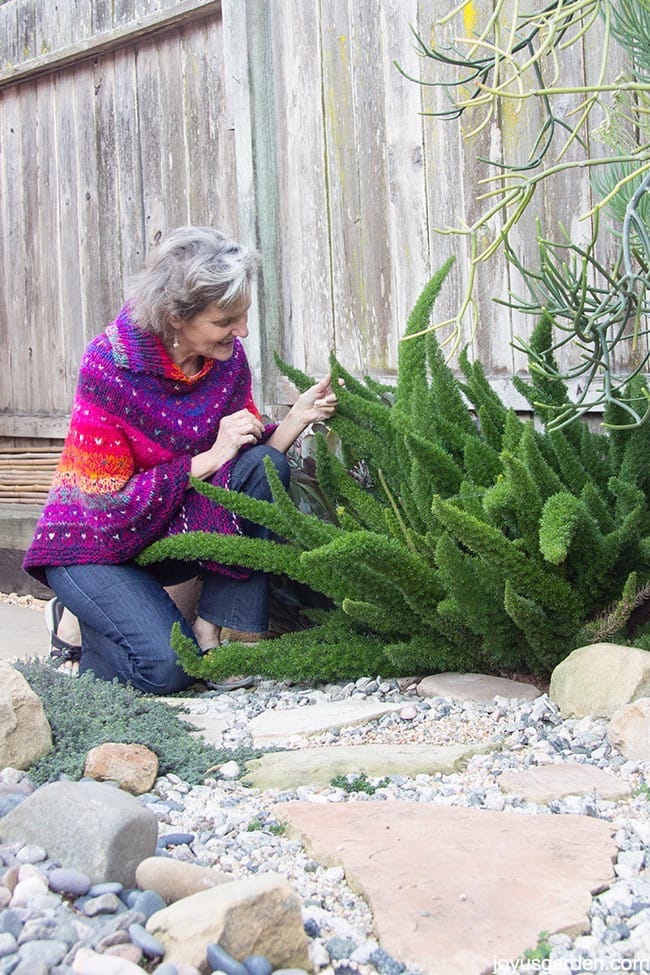How to Feed Camellias With Great Success
Oh Camellias, how showy your blooms are! I was a garden designer and professional gardener in the San Francisco Bay Area for many years. Camellias are very popular plants there, and I took over many accounts with chlorotic and sickly-looking shrubs.
Here’s what I’m sharing on feeding camellias with great success and brought them back to health.

These are the flowers of the Camellia sasanqua “Apple Blossom”.
Camellias are prone to chlorosis (which simply means yellowing of the leaves which is due to a number of causes) in areas with heavy and/or alkaline soil. Both of these reduce the uptake of nitrogen to the plant and it becomes deficient. Besides being planted in a soil that’s slightly acidic, camellias like their soil to be well drained with a good portion of humus and organic matter.
I worked at a nursery in Berkeley part time over 15 years ago and was up in the lunchroom one day where I stumbled upon Nuccio’s Nurseries newsletter where they recommended feeding Camellias with cottonseed meal. Because they are regarded as the top grower of camellias in our country and have been around since 1935, I took attention and bought a box of cottonseed meal that afternoon to try on some of my client’s plants.
I’m in a garden just south of San Francisco talking about camellias & cottonseed meal:
Cottonseed Meal works slower than chemical and liquid fertilizers but it lasts longer. I make sure it’s organic and the brand I used most often is Dr Earth followed by Down To Earth and EB Stone.

I love the toothed margins of these “Apple Blossom” flowers. In general, the blooms on the sansaquas are smaller than the blooms on the japonicas (which you’ll see below).
Tips for Feeding Camellias
Make sure the soil is moist because you never want to fertilize a dry plant because it could stress it out.
Dig a trench around the perimeter of the plant about 1/4 of the way in from the drip line (this is the outer circumference of the plants foliage or crown. Make sure it’s about 2-3″ deep.
Work the cottonseed meal into the trench poking it into the soil, sort of like when you’re trying to work a marinade into whatever you’re cooking. How much you use depends on the size of your plant – just follow the instructions on the box & be mindful not to use more than the recommended amount. Top with compost rich in organic matter, like leaf mold, for some extra goodness.
Water it in well. It’s the irrigating or the rain which works it into the roots & makes it effective.
This also works for camellias in containers too.
When Should You Feed Camellias?
The best time to feed camellias is right after they’re done flowering which is usually in the winter or spring, depending on your climate zone. Flowering takes a lot of energy and feeding it helps the plant to replenish.
Sometimes it only took 1 application but in some cases, the shrubs needed another application in mid-summer (no later than the end of July) and then another one after another round of flowering. 3 seemed to do the trick!

This is the rose-like flower of a Camellia japonica which I believe is “Kramer’s Supreme”. As you can see, the blooms are larger & so is the foliage. Some japonicas can reach 20′ whereas the sasanquas top out at about 10′.
Camellias are popular landscape plants the world over. Like any plants, they are much better suited to certain climate zones and soil pHs (this is the measure of the acidity vs the alkalinity by the way). Your camellias may never need feeding, but if they do, cottonseed meal and compost with rich order matter will make them as happy as can be.
By the way, if you also like roses, this is how I feed them organically and naturally.
Happy gardening,


Here’s a picture so you can see the whole shrub. It’s loaded with buds & looks healthy but does need pruning after it’s through flowering!
This post may contain affiliate links, you can read our policies here.








Thank you for this information!
You’re very welcome! Cottonseed Meal always did the trick for me. Nell
I am going to buy some cotton seed meal. My camelia is not blooming.
Elaine – There could be other issues going on with your camellia as to why it’s not blooming. The cottonseed meal will definitely make it stronger & healthier. Nell
What are some reasons my camellia will not bloom? It’s probably 25 yrs old and has never bloomed.
It is loaded with buds but they just fall off. It’s probably 12-15 ft tall. I live in zone 8.
Thanks
Hi Judy – Buds falling off is usually due to temps; too cold or too hot. It can also be lacking nutrients so if you think it’s temperature, then try feeding it 2 times a year. Nell